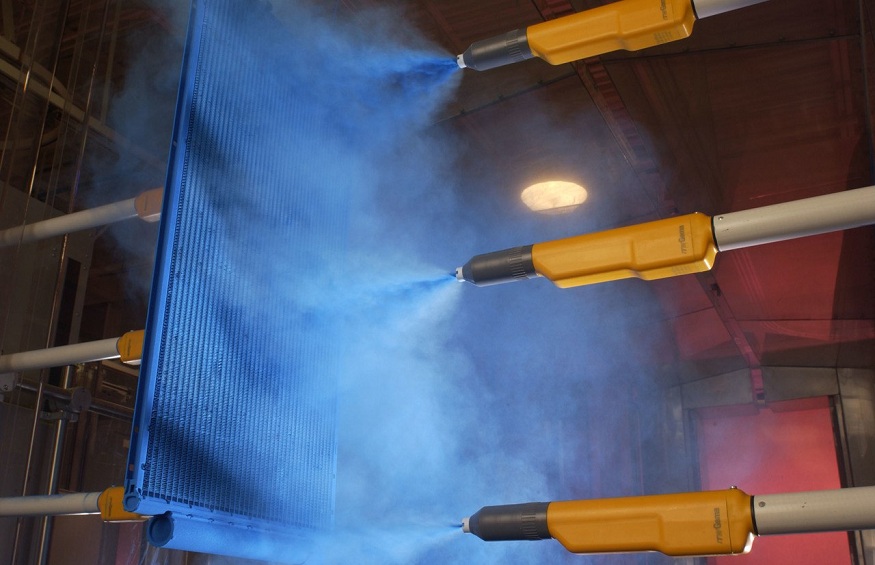Introduction:
In the long term, corrosion is the most damaging process for any steel structure. Steel is resistant to corrosion when it has a protective layer of iron oxide on its surface. The iron oxide prevents oxygen from attacking the steel and thus from corroding it.
 This protective layer can build up over time but erode quickly when exposed to substances like acids or salt water. Corrosion can occur when the layer is too thin. With the gradually increasing use of galvanized and stainless steels, corrosion resistance has become a major issue for bridge designers. Electrochemical reactions are still the most common form for corrosion to take place in steel but corrosion can also be caused by chemical reactions or precipitation.
This protective layer can build up over time but erode quickly when exposed to substances like acids or salt water. Corrosion can occur when the layer is too thin. With the gradually increasing use of galvanized and stainless steels, corrosion resistance has become a major issue for bridge designers. Electrochemical reactions are still the most common form for corrosion to take place in steel but corrosion can also be caused by chemical reactions or precipitation.
Today, different anti-corrosion techniques are used for long term protection against steel of being corroded by chemicals or oxygen . Coatings containing different metals make the surface more resistant either to chemicals or oxidation. Additionally, cathodic protection can be implemented to protect against chemical attack on structural elements embedded into concrete (typically rebar).
What Causes Corrosion?
Corrosion occurs when steel, in contact with oxygen, reacts chemically with the oxygen molecules in two ways: oxidation and reduction. Reduction is a reaction where electrons are transferred from one compound (in this case iron) to another (e.g., hydrogen). The electrons are taken away from the iron and in turn reduce the hydrogen molecule. In contrast, oxidation is a reaction where oxygen atoms are added to the iron compound in order to make new compounds (e.g., rust). The oxygen is released during this reaction, which is why it also called an oxidation reaction.
Corrosion can also be caused by precipitation when chemicals in water react with the steel surface. Corrosion can be prevented under certain conditions by adding protective layers to the steel or its environment. This web page will focus on coatings on steel that are used for corrosion resistance purposes.
Significance of Corrosion Resistant Coatings For Steel For Steel:
The increasing use of galvanized and stainless steel has caused a great issue for bridge designers. The corrosion resistance of steel has become a major issue especially in the United States where the environment is highly corrosive. Stainless steels are even more susceptible to corrosion than galvanized steels. In fact, most of the stainless steel components used for bridge construction today have been replaced by galvanized and high density polyethylene (HDPE) coatings on these corrosion resistant elements. Additionally, corrosion resistance is necessary in structures that are e cologically sensitive like bridges as well as structures that are exposed to acidic chemicals like concrete.
The different methods used to prevent corrosion include cathodic protection and electrochemical cells. cathodic protection involves anodes in the surrounding environment of a supporting concrete member. These anodes have to be connected to a cathodic protection power supply in order to stop corrosion at the rebar. In contrast, electrochemical cells are used for more complex elements made from multiple materials (e.g., steel, concrete and coatings) that require different electrical potentials to prevent corrosion.
One major advantage of electro chemical cells over cathodic protection is that it can prevent corrosion on concrete as well as on steel rebar. The process is similar to how stainless steel can be protected by galvanized steel. However, it can also be used for other important materials like steel and concrete.
The major factor that makes electro chemical cells more attractive is its flexibility. For example, electro chemical cells can be used in combination with cathodic protection as well as with other electro chemical methods (i.e., galvanic corrosion and adsorption). This flexibility can lead to a reduction of the amount of different components required in order to achieve corrosion resistant elements.
To understand how Corrosion Resistant Coatings For Steel add value to steel structures, it is necessary to have a basic understanding of the processes involved in this kind of phenomenon. To begin with, steel is an alloy consisting of iron and carbon.
Conclusion:
In the long term, corrosion is the most damaging process for any steel structure. The use of electrochemical cells can prevent corrosion on concrete and steel elements. This method uses electric potentials in order to achieve a different environment on each side of the rebar at a micro level. Additionally, stainless steels are more susceptible to corrosion than galvanized steels. In fact, most of the stainless steel components used for bridge construction today have been replaced by galvanized and high density polyethylene (HDPE) coatings on these elements.
The increased use of galvanized and stainless steel has caused a great issue for bridge designers due to their susceptibility to corrosion if unprotected by anti-corrosion coatings or cathodic protection celles .
